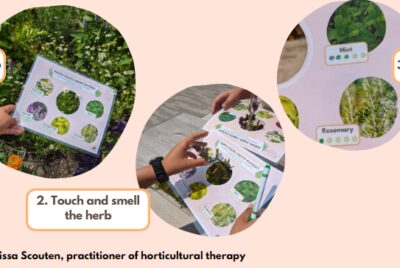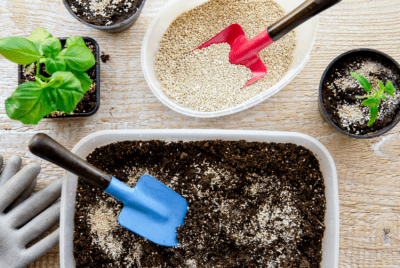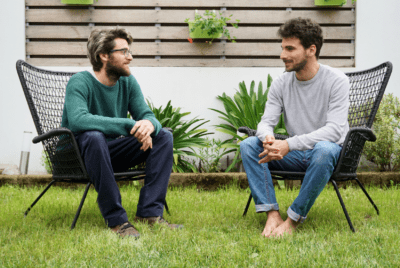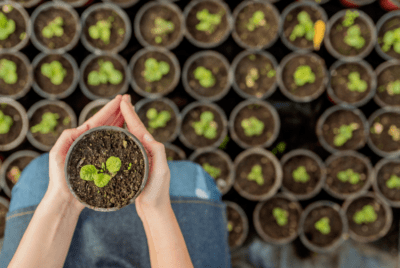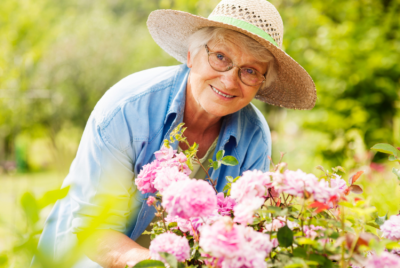RESEARCH
THERAPEUTIC SENSORY STIMULATION GARDEN FOR A RESIDENTIAL CARE FACILITY, NOZOMI-NO-SATO, JAPAN
Summary
This article describes the process of setting up a Therapeutic Sensory Stimulation Garden (TSSG) at Nozomi-no-Sato, a nursing home in Hiroshima, Japan. Recognizing the scarcity of gardens in Japanese nursing homes despite the increasing geriatric population and supportive Long Term Care Insurance (LTCI), the authors aimed to document the initiation and setup of a sensory garden to add value to residents’ stays. The project was undertaken by a multidisciplinary team including rehabilitation physicians, agriculturists, landscape architects, therapists, nurses, care workers, and volunteers. The planning involved site observations, meetings, and presentations to support a design-based practice and incorporated Universal Design work areas to improve users’ experience and support outdoor rehabilitation therapy. The garden was designed based on the concept of stimulating eight senses – the five conventional senses plus space, emotion, and spirituality – intended to enhance residents’ functional capacity and well-being.
The setup of the approximately 800 sq metre garden took a month in the Spring of 2019 and was implemented in phases, starting with planting in eight themed sections like Zen, herbal, and vegetable gardens. The project emphasized inter-sectoral collaboration, involving staff from the nursing home and a collaborating hospital, as well as community volunteers and local agricultural experts. Key features implemented included Universal Design principles like accessible planter boxes, benches with armrests, stools for low gardening, and horizontally aligned vegetable beds to facilitate use by older persons and those with disabilities. Challenges encountered during the setup included difficulty recruiting volunteers as it was a new project in the area, communication barriers due to language differences, cultural differences, and familiarizing the team with the concept of a TSSG and seasonal gardening needs. Initial outcomes noted include an increase in residents using the garden, more varieties of produce, and an increase in rehabilitation activities conducted outdoors.


